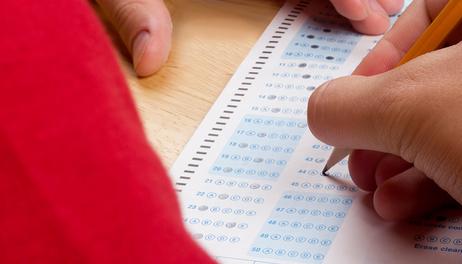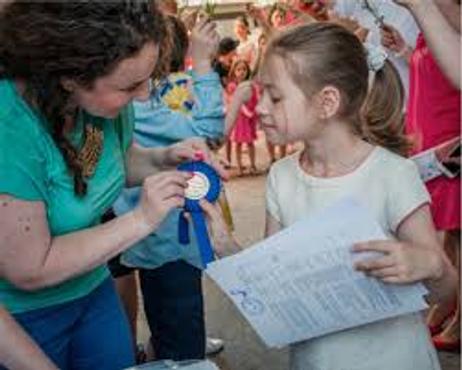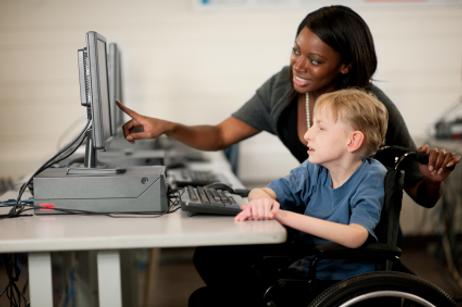After hours of cramming, attending test prep courses, and enduring long hours of practice exams, students do have to wonder: how much do standardized test scores really matter?
Some experts argue that standardized test scores are not an accurate measure of a student’s intelligence, while others assert that these scores help to more accurately gauge a student’s abilities. With this raging debate, recent studies are revealing the true influence of standardized test scores on a high school student’s college application and acceptance.
Why Take Standardized Tests?
With a rising number of students applying to both community colleges and universities, most schools are now requiring that all applicants complete standardized tests. The most popular standardized tests include assessments such as the SAT or the ACT. In fact, according to Scholastic, American students today are among the most tested students in the world! Studies show that students, all combined, in the United States take nearly 100 million tests each year.
With the excessive testing forced upon American children and teens, many are led to the question: what’s the point? As Scholastic further explains, there is an array of reasons and purposes for these tests. Specifically, standardized tests are “Viewed as a measure of teacher and school competence and, in some cases, can affect a child's future placement in a school.”
Some tests are solely designed to ensure that all students are meeting






















